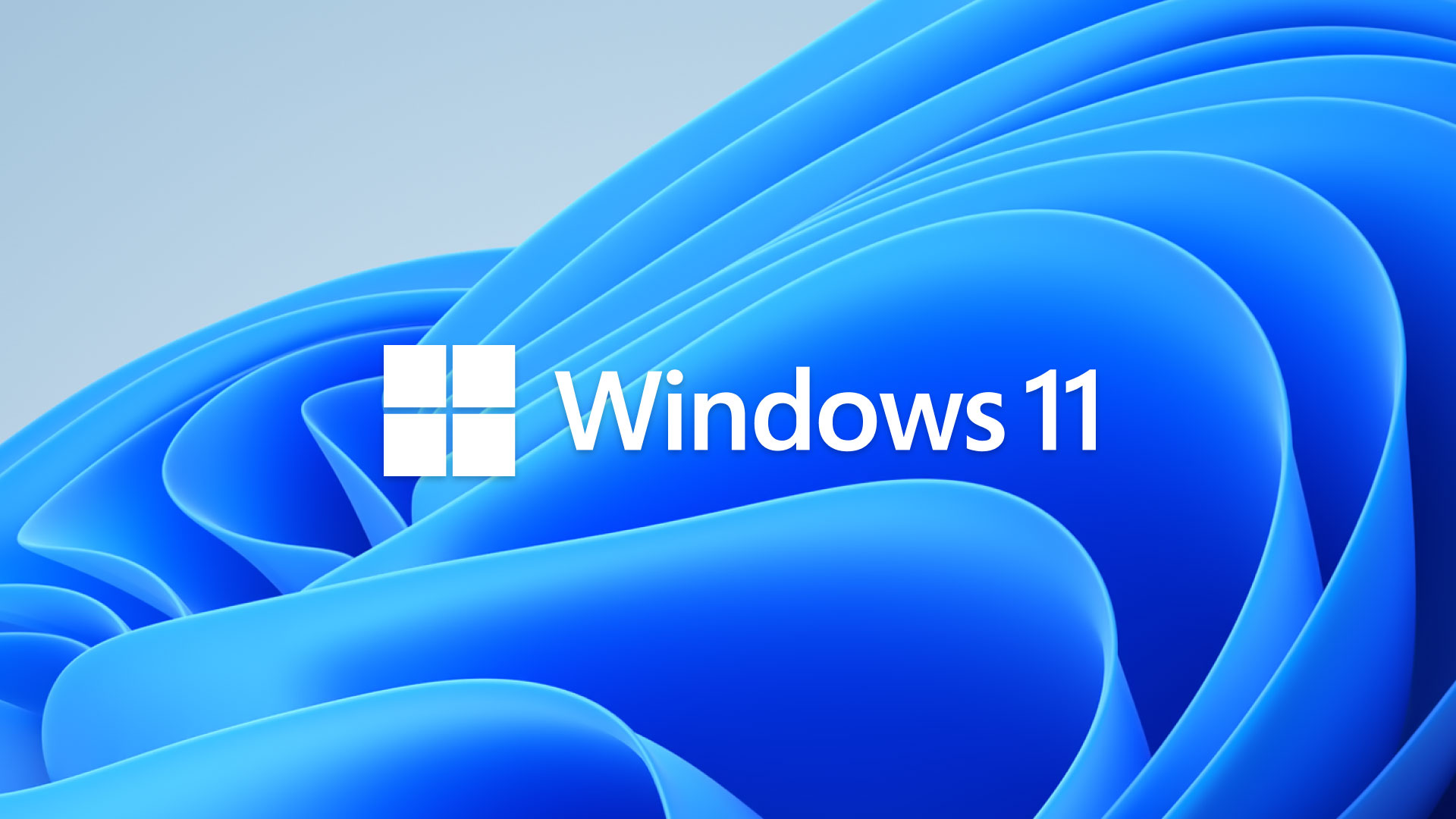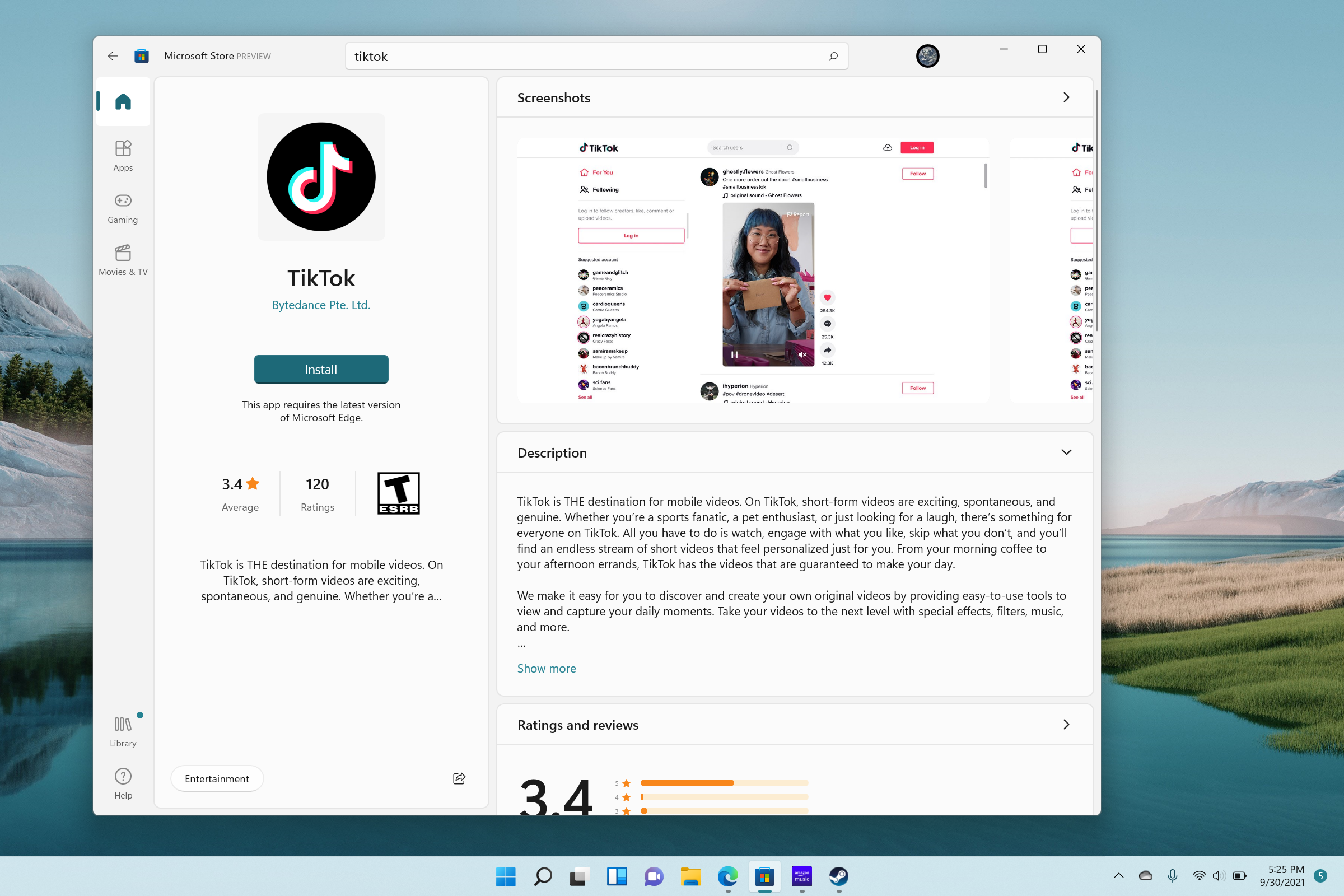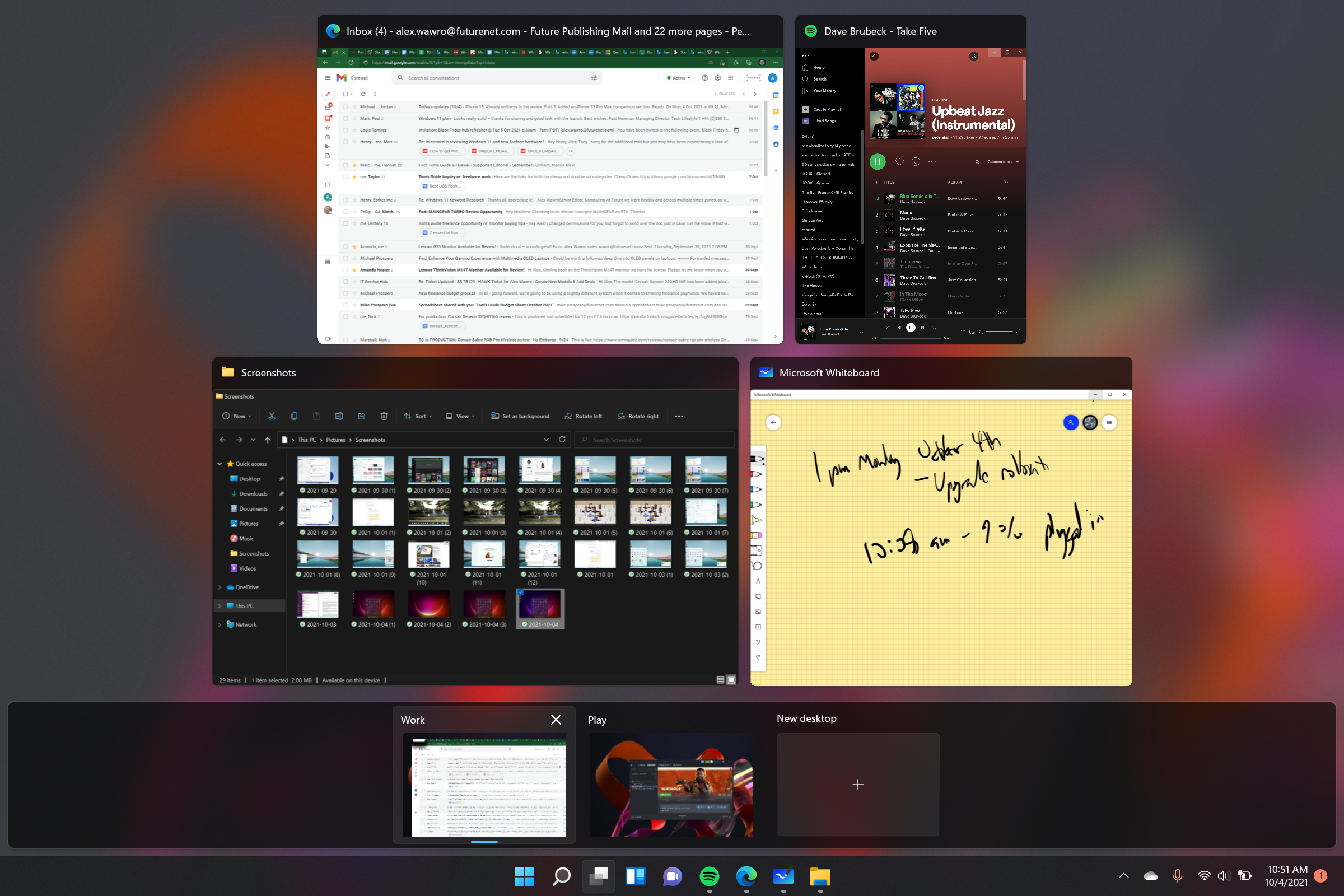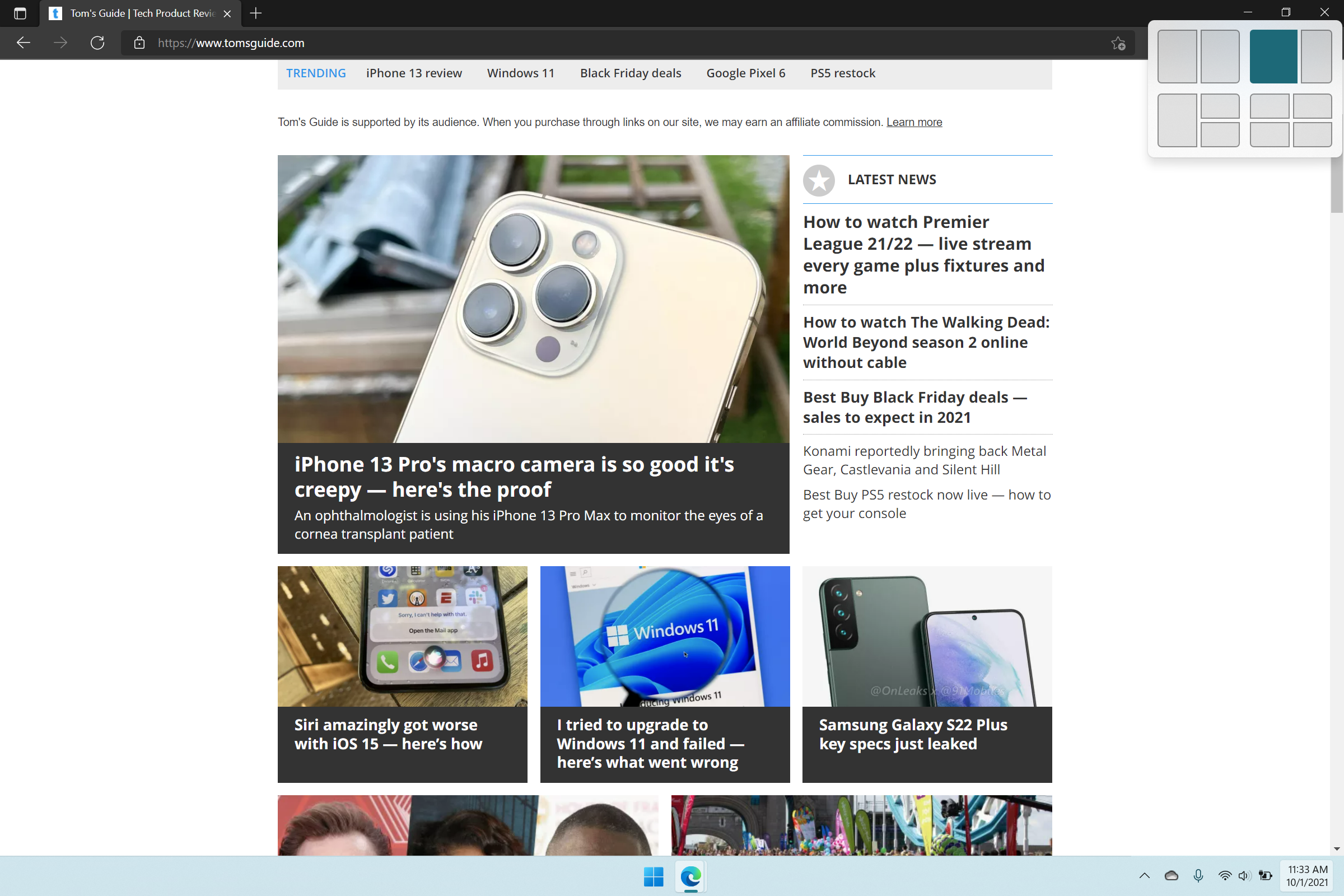I wouldn’t upgrade to Windows 11 yet — here's why

Windows 11 is officially out today (October 5) and that means Windows 10 users around the world should start seeing the option to update for free showing up in Windows Update.
This is exciting because Microsoft has been hyping up Windows 11 up for months, pitching it as a simpler and more streamlined Windows that will help you get more out of your PC. And after using Windows 11 in various beta states for a month or two, I can tell you that some of its new features have helped me be more productive, once I learned to incorporate them into my workflow.
- The best Windows laptops you can buy right now
- Windows 11 requirements: These are all the CPUs that are compatible
- Plus: Windows 11 launch day live blog — what you need to know
But as Windows 11 rolls out across the world I’m fielding questions from family and friends about what that means for their PCs, and whether they should be concerned about getting the upgrade. If you’ve been pondering similar questions, let me help put your mind at ease: yes, Windows 11 is here and it has some interesting new features, but it doesn’t offer most of us meaningful improvements over Windows 10. Here’s why you shouldn’t stress about upgrading right away.
Windows 11 is incomplete
The biggest reason you shouldn’t rush out and try to install Windows 11 yourself is that the operating system isn’t feature-complete yet. While it’s common to see software updated with patches and new features post-release, Windows 11 is more undercooked at launch than I’d like.
Most notably, Microsoft promised Windows 11 would support running Android apps natively thanks to Intel’s Bridge Technology, but then announced that feature would be delayed until some indefinite time post-launch.
The company is partnering with Amazon to make the Android apps in its Amazon Appstore available to Windows 11 users, and it claims the Amazon Appstore (as well as the Epic Games Store, with other third-party app storefronts to follow) will be available as a download in the Microsoft Store for Windows within the coming months, so it’s quite possible we may seem native Android app support in Windows 11 before 2022 -- but I’m not betting on it.

And, at least during release week, there are still lots of Windows 11 apps and features that need to be polished and improved. The Widgets menu is missing some advertised functionality and needs more effective options for controlling each widget, for example. Microsoft Teams is now integrated so deeply into Windows 11 that it’s lodged on the taskbar by default (though you can remove it in the Taskbar settings), yet it seems no more useful here than on Windows 10. And while most of the Windows menus have been updated with new designs, it doesn’t take much clicking around in search of a specific setting to stumble into a legacy menu dating from the days of Windows 10, or earlier.
Get instant access to breaking news, the hottest reviews, great deals and helpful tips.
Don’t get me wrong, Windows 11 is completely usable and (at least as far as I’ve seen) no buggier than any other operating system in its early days. But there’s lots of room for it to be improved and refined, so there’s no need to hop on the bandwagon now — Windows 11 should only get better over time.
Windows 11 isn’t a huge upgrade from Windows 10
The other big reason you shouldn’t stress about upgrading to Windows 11 is the fact that for most people, the update probably doesn’t offer meaningful improvements over Windows 10. That’s not to say it’s not an improvement: Windows 11 looks nicer than its predecessor, with simpler, more streamlined menus, some neat new features for managing your attention, and an improved built-in app store.
But these features are relatively superfluous. For example, the fact that the Microsoft Store for Windows (Windows 11’s built-in app store) is opening up to allow developers to distribute a broader variety of apps (including 32-bit apps, web apps, and eventually Android apps) doesn’t mean much for most Windows users, because one of the best parts of owning a Windows PC is being able to download and install just about any program you want right from the Internet.
And while I do think the new Task View button lets you set up and manage different “desktops” in cool ways, as soon as I was done writing my Windows 11 review, I quickly found myself forgetting about the feature. Task View lets you manage multiple iterations of your desktop, so you could have one desktop named “Work” set up with your work apps open and another named “Play” with Steam and the Xbox app ready to go. They’re all running at the same time, but you only see whatever’s open on your current desktop, and you can hit the Task View button (or Windows key + Tab) to quickly switch between the two desktops.
If you’re working from home and then using the same PC for gaming or creative work in your off hours, this is definitely a useful feature to have. But it’s hardly a must-use, and it doesn’t save a lot of time over just opening and closing apps as necessary when changing tasks.
I feel much the same way about Windows 11’s Snap Assist feature, which makes it easier to arrange open apps on your desktop into layouts. Hover your mouse pointer over the expand/minimize button on any app window and you’ll see a menu pop up with pictographs for slotting the app into one of four layouts: a 50/50 split down the middle of the screen, a 66/33 side-by-side split with one app thinner than the other, a 50/25/25 split with one big app on the left side and two smaller ones on the right, plus a foursome split where each app takes up one quarter of the screen.
It’s a neat feature, but it’s hardly new: Windows 10 has offered Snap Assist for years, albeit in a way that’s more limited and less intuitive. To use it, you have to know that you can drag app windows to either side of the Windows 10 desktop to “snap” them into a 50/50 layout (or know the keyboard shortcut of hitting the Windows key + the left or right directional arrow).
I like that Windows 11 gives you more options for how to arrange your desktop, and it’s nice that the feature is more obvious and easy to use than on Windows 10, but for most of us I think it’s more of a nice perk than something you must upgrade for. After the initial high of squashing four apps on one Windows 11 desktop wore off I’ve found myself regressing back to the simple 50/50 window split I’ve been using on Windows 10 for years.
Windows 11 outlook
My experience with Windows 11 as a whole has been a similar story: after a lot of oohing and aahing over new features, I find myself slowly slipping back into using it the same way I use Windows 10. And that’s not a bad thing: Windows 10 is a solid operating system, perhaps the best Microsoft has shipped since Windows 7, and now Windows 11 is shaping up to be just as rock-solid as its predecessor.
But it’s also not quite finished yet, and it doesn’t offer any must-have upgrades for most people. So if you’ve seen all the hype around Windows 11 this year and are anxious about whether to upgrade, don’t be: this is more a refinement for Windows than a revolution, and you shouldn’t stress about rushing out to buy a copy or invest in a new Windows 11-ready PC. Plus, Microsoft has pledged to support Windows 10 into 2025, so there’s little risk in taking a wait-and-see approach.

Alex Wawro is a lifelong tech and games enthusiast with more than a decade of experience covering both for outlets like Game Developer, Black Hat, and PC World magazine. A lifelong PC builder, he currently serves as a senior editor at Tom's Guide covering all things computing, from laptops and desktops to keyboards and mice.


